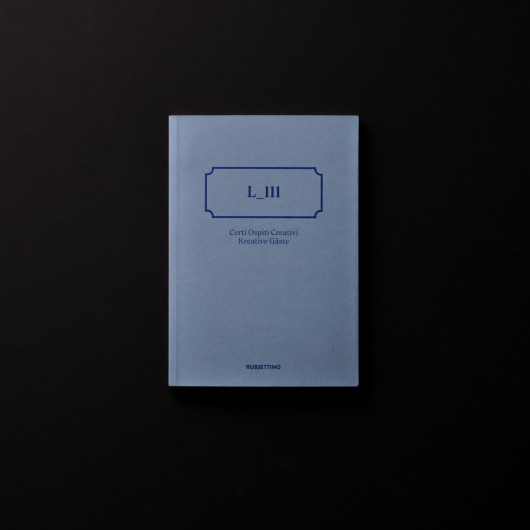
“L_111: Certi ospiti creativi / Kreative Gäste” is a workshop by Kuno Prey with Irene Nitz and Gianluca Camillini held a year ago at the Park Hotel Laurin in Bozen, where 8 alumni of the Faculty of Design and Art had the opportunity to stay and at the same time design for the historic Bozen hotel with the help of decoration experts (Francesca Banterle, Paola Jannelli, Hermann Kühebacher, Enzo Parduzzi).
The results and documentation of the workshop are collected in this volume, enriched with historical and critical texts – by Bettina Schlorhaufer and Giulia Sofi among others – and published by Rubbettino Editore with the support of the University of Innsbruck, unibz and Fedrigoni.
—
“L_111: Certi ospiti creativi / Kreative Gäste” è un workshop ideato da Kuno Prey con Irene Nitz e Gianluca Camillini tenutosi un anno fa presso il Park Hotel Laurin di Bolzano, dove 8 alumni della Facoltà di Design e Arti hanno avuto l’opportunità di soggiornare e al contempo progettare per lo storico Hotel bolzanino con l’aiuto di esperti della decorazione (Francesca Banterle, Paola Jannelli, Hermann Kühebacher, Enzo Parduzzi).
I risultati e la documentazione del laboratorio sono raccolti in questo volume, arricchito da testi storici e critici — a firma di Bettina Schlorhaufer e Giulia Sofi tra gli altri — e pubblicato da Rubbettino Editore con il sostegno di dell’Università di Innsbruck, unibz e Fedrigoni.
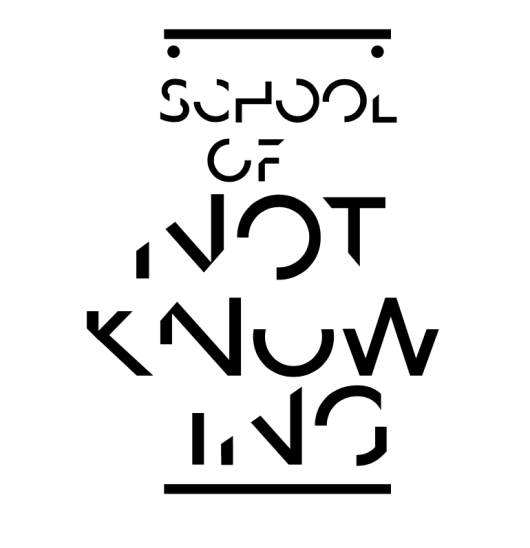
Questo Settembre Gianluca parlerà presso l’Istituto Francese a Milano, nell’ambito della “Scuola del non sapere”, un progetto di ricerca e critica del design fondato nel 2011 da Ruedi e Vera Baur.
Civic City opera attraverso una rete internazionale e transdisciplinare di persone che lavorano per progettare un mondo migliore. Riunisce progettisti architettonici, architetti del paesaggio, antropologi, sociologi e altri teorici e professionisti del design, oltre ai cittadini, strutture universitarie e di ricerca e professionisti specifici del luogo e della conoscenza.
Per partecipare a questo e altri interventi clicca qui.
—
This September Gianluca has been invited as a key-note speaker at the Institut français in Milan within the “School of not knowing”: a project by Civic City – independent institute for critical design research founded in 2011 by Ruedi and Vera Baur.
Civic City operates through an international and transdisciplinary network of people who imagine and design a better world. It brings together urban planners, architectural designers, landscape architects, anthropologists, sociologists, political scientists and other design theorists and practitioners, as well as place and knowledge-specific citizens, university and research facilities and professionals.
You can attend this and more talks by clicking here.
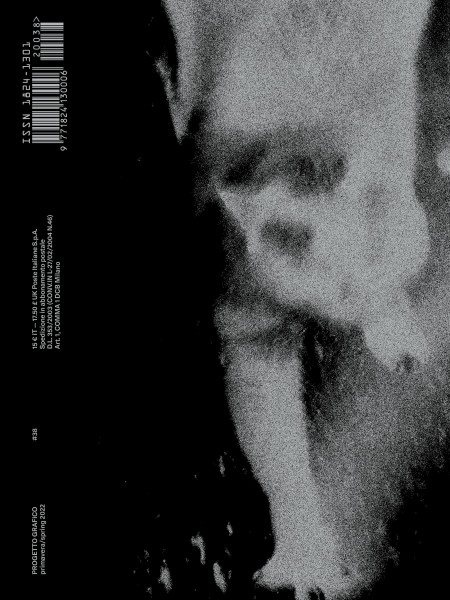
Abbiamo perso, tutti quanti!
Ce lo conferma ogni giorno il nostro pianeta, che stremato dai maltrattamenti subiti che perdurano e si susseguono da generazioni si è finalmente deciso ad attivare il conto alla rovescia per l’estinzione, perché noi esseri umani intendiamo il pericolo solo quando il meteorite che punta dritto verso la terra diventa visibile a occhio nudo. Ed è solo e soltanto allora che la sconfitta può diventare un’opportunità costruttiva da cui ripartire.
Questa è la premessa, impellente e concreta, sulla quale abbiamo articolato questo numero di «Progetto grafico», l’ultimo previsto dal nostro ciclo editoriale, in cui abbiamo esplorato tematiche centrali della cultura del progetto e con cui speriamo di aver contribuito a tener vivo il dibattito.
—
We have all lost and our planet confirms this every day. Exhausted by the mistreatment it has been subjected to for generations, our planet has finally decided to trigger the countdown to extinction because we human beings understand danger only when the meteorite pointing straight at the earth becomes visible to the naked eye. It is only then that defeat can become a constructive opportunity from which to start again.
This is the compelling message on which we have based this issue of Progetto grafico, the last by this editorial staff. We have explored central themes of design culture and hope to have helped keep the debate alive.
Progetto grafico is published by AIAP with support from Fedrigoni paper and Antezza tipografi – archival section coming from Bauhaus archiv, Politecnico di Torino, CDPG Aiap.
Many thanks to Jonathan Pierini and the editorial board. Get your copy by clicking here and here.
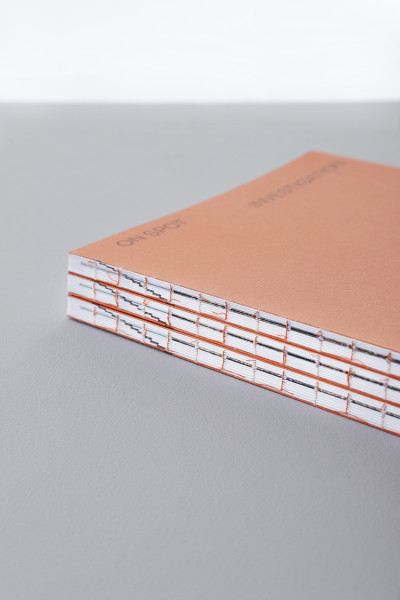
I raggi del sole ancora caldi si adagiano morbidi sull’asfalto rivelandone la superficie malmessa, il verso monotono delle cicale si fonde con il suono indistinto di una qualche hit estiva. Siamo dove il viaggio è iniziato, la luce dorata ci dice che è soltanto un po’ più tardi, ma il viaggio continua.
“On spot investigation” di Andy Massaccesi: un libro che è una trasferta di lavoro e al contempo di piacere, un excursus nell’eredità della fotografia di paesaggio del Novecento, ma anche un taccuino di esercizi visivi e, soprattutto, una dichiarazione d’amore.
Pubblicato e stampato in Italia da Rubbettino Editore su carte Fedrigoni Paper. Testi e progetto grafico curati da me con Andy.
—
The sun’s rays, still warm, now glow softly on the tarmac, revealing its run-down surface, the monotone verse of the cicadas blurs with the indistinct sound of some summer hit. We are back where we started, the golden light tells us that it is a little bit later now, but the journey continues.
“On spot investigation” by the one and only Andy Massaccesi: a book that takes us on a trip, which is both business and pleasure, a journey back into the landscape photography of the twentieth century, a notebook of visual exercises and, above all, a declaration of love.
Published and printed in Italy by Rubbettino on Fedrigoni paper. Texts and designed by Gianluca Camillini together with the author.
More info and pictures.
Umberto Eco considers loss as an indispensable condition in the field of linguistic and literary translation and interpretation, in which the original text must necessarily undergo a transformation for the sake of understanding. Something very similar happens in visual communication — because communication it is — where complex concepts are transposed from the semantic level to the graphic-visual one for the sake of user clarity. In this process of transition, the design choices and the use of graphic techniques make the output always different from the original starting point.
“Communicating almost the same thing” by Gianluca Camillini is an essay that presents and analyses a series of characteristics and recurring techniques in the narrative practices of visual communication, which are not comprehensive nor can they be regarded as absolute definitions; however, they can be combined, expanded and confused.
—
Umberto Eco definisce la perdita come una condizione indispensabile per la traduzione e interpretazione linguistica e letteraria, in cui il testo originale dovrà necessariamente subire una trasformazione a beneficio della comprensione. Qualcosa di molto simile accade anche nella comunicazione visiva — proprio perché di comunicazione si tratta — in cui concetti complessi sono trasposti dal piano semantico a quello grafico-visivo al fine di essere trasmessi chiaramente al fruitore. In questo processo di transizione si adottano scelte progettuali e tecniche grafiche per cui l’esito differirà sempre dallo stadio di partenza.
“Comunicare quasi la stessa cosa” è un saggio di Gianluca Camillini che raccoglie e analizza una serie di caratteristiche grafiche ed espedienti narrativi ricorrenti nella comunicazione visiva, questi non sono gli unici possibili, né possono essere considerati definizioni assolute; si possono però sovrapporre, ampliare, confondere tra loro. L’obiettivo di questo testo è quello di fornire al lettore degli strumenti utili per comunicare attraverso le immagini.
—
The ebook is published by Corraini Edizioni and is available online.
Progetto grafico e curatela per Diplorama! La mostra delle tesi degli studenti della Facoltà di Design e Arti della Libera Università di Bolzano. Realizzato con Matteo Campostrini
—
New identity and curatorship designed with Matteo Campostrini for Diplorama! The graduation show of the students of the Faculty of Design and Art – Unibz.
Info e foto qui / check the project and see more pics here.
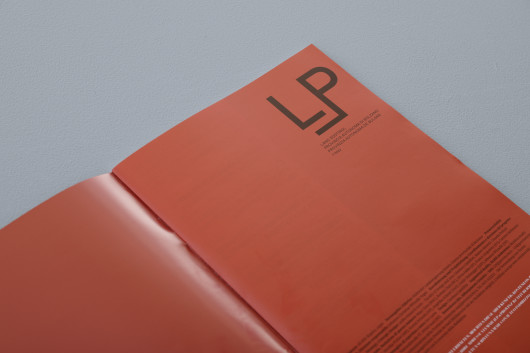
Il nuovo numero di LP – la rivista della Provincia Autonoma di Bolzano – è appena uscito con contenuti interattivi e aumentati.
—
The new issue of LP – the magazine of the Autonomous Province of Bozen – features interactive and augmented reality content.
Check it and claim your free copy here.
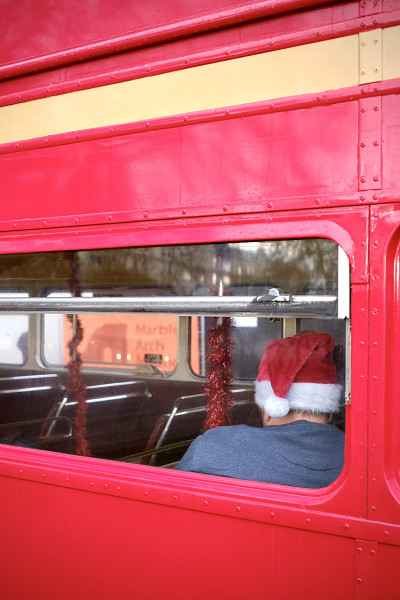
Best wishes for a happy, healthy, anti-racist, anti-sexist new year.
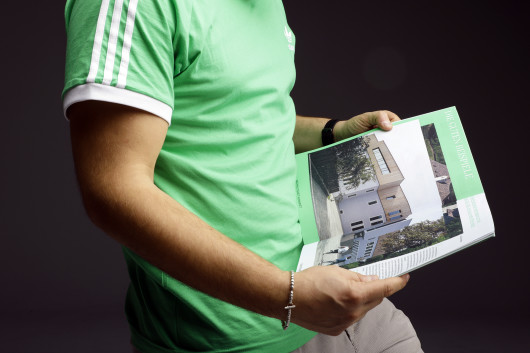
Il nuovo LP, la rivista della Provincia autonoma di Bolzano, sul tema della sostenibilità è fresco di stampa e più verde che mai. Info e copie qui e qui.
—
The new LP, the magazine of the Autonomous Province of Bozen, on the topic of sustainability is hot off the press and more green than ever.
For more info click here, if you want a free copy click here.
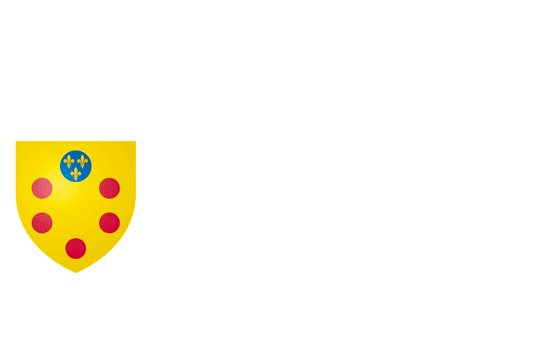
Colli Medicei è un nuovo brand di prodotti enogastronomici di alta qualità situato a Carmignano in Toscana, Italia. Partendo dallo stemma e dai bisanti (palle araldiche) dello scudo Mediceo, abbiamo estrapolato elementi grafici che costituiscono il logotipo “Colli Medicei”. L’identità è dinamica e i colori medicei dei bisanti – blu e rosso – cambiano a seconda dell’applicazione e del prodotto su cui è applicata. Trovate maggiori info e foto cliccando qui.
—
Colli Medicei is a new brand of high-quality enogastronomic products based in Carmignano, Tuscany – Italy. We created an expressive logo starting from the Medici’s family herald and its heraldic balls. The dynamic logo and its typographic features change according to the application and product kind. Click here for further pictures and info.







